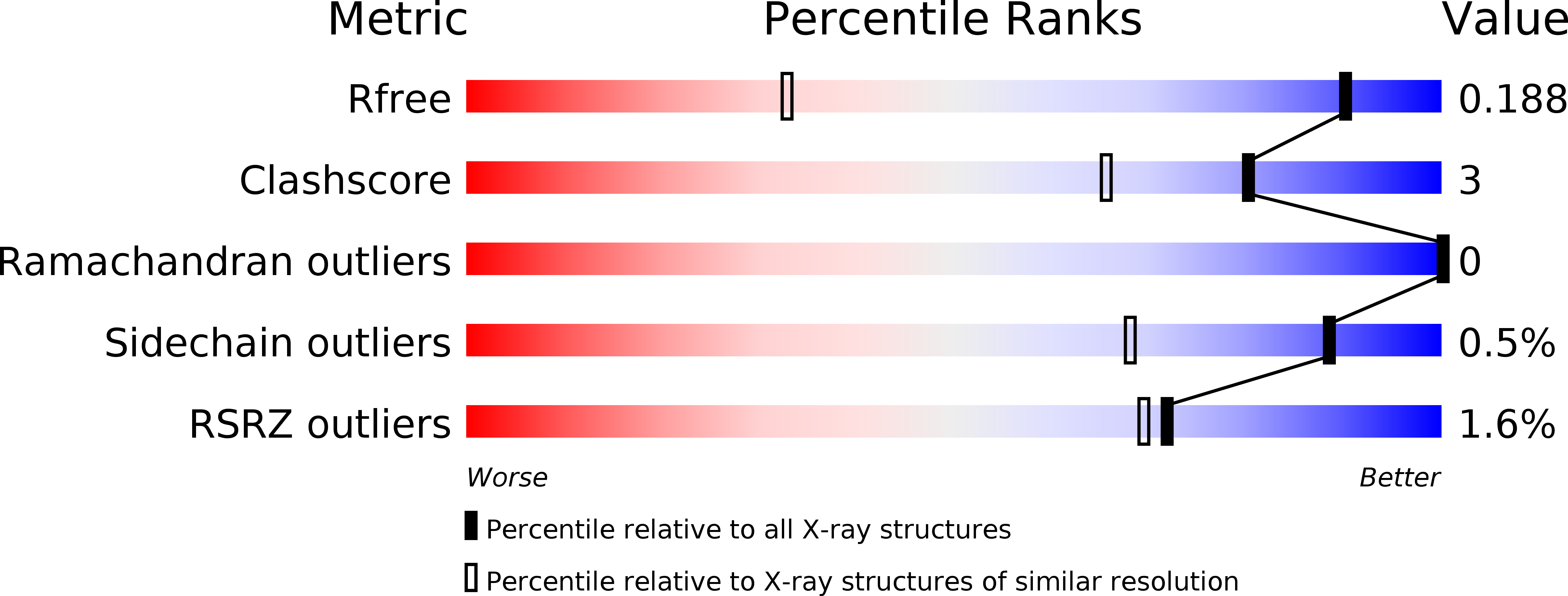
Deposition Date
2016-11-23
Release Date
2017-08-30
Last Version Date
2023-10-04
Entry Detail
PDB ID:
5U0F
Keywords:
Title:
Identification of a New Zinc Binding Chemotype by Fragment Screening
Biological Source:
Source Organism:
Homo sapiens (Taxon ID: 9606)
Host Organism:
Method Details:
Experimental Method:
Resolution:
1.21 Å
R-Value Free:
0.18
R-Value Work:
0.15
R-Value Observed:
0.15
Space Group:
P 1 21 1


